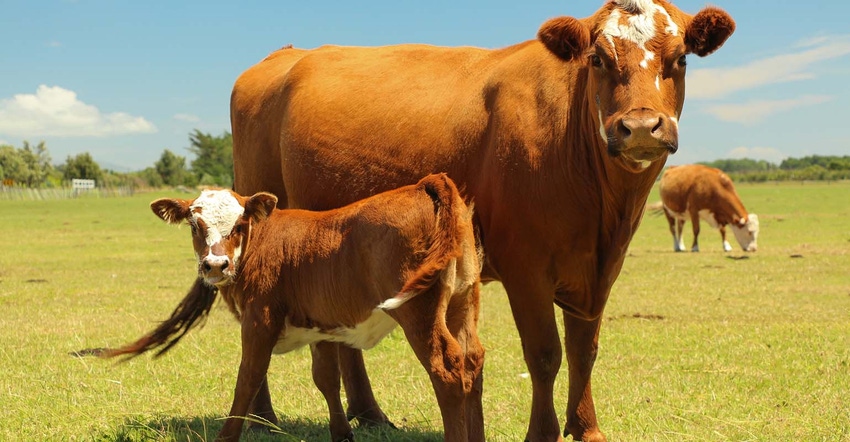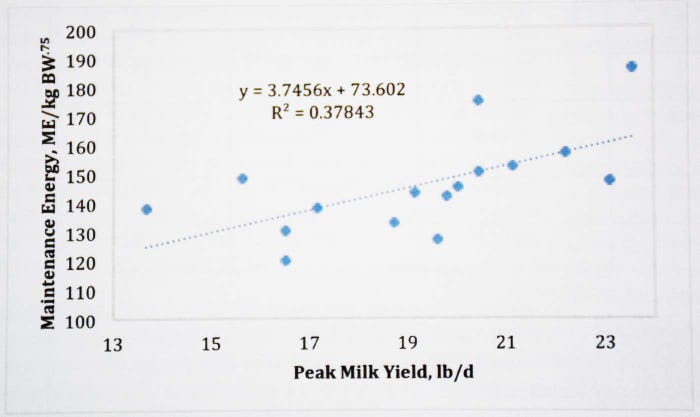
Animal scientist David Lalman says although he once talked a lot about cow size, he has moved on these days to emphasizing costs and returns for maintenance, milk and meat.
Such a breeding focus may cause a downsizing of cattle, but that is actually incidental to creating cow herds with higher efficiency and lower costs, Lalman says.
The Extension beef cattle specialist from Oklahoma State University said this week at NCBA Cattlemen’s College there are some indications mature size and forage intake may be leveling off instead of growing, but he has seen no signs yet that beef producers are recognizing the high cost of high milk production.
Moreover, Lalman defined significant costs and poor returns for that added milk, determined most recently by confined-cow research in Oklahoma that allows the researchers to control and measure all inputs to cows and calves, as well as measuring actual production.
Using data from this system, in combination with National Resource Council (NRC) data, Lalman and coworkers calculated that just 10% more milk from a 1,225-pound cow with very average milking ability of 17.6 pounds peak production, would add $7.73 to cow costs. Interestingly, the average genetic potential for Angus cows is claimed to be over 30 pounds peak milk, and Lalman said one of the OSU herds was recently found to be at 30 pounds peak milk, even though they were not specifically selected for milk production.
This data used average annual cow feed cost of $537.
He also recalled data from the USDA-ARS research station at El Reno, Okla., and at OSU, which showed Brangus or Angus cows with very high milk production capacity just never produced more milk than their environment could support, specifically the amount of energy they could take it. Of course, the resulting deficit comes with a price on rebreeding success and body condition.
When the OSU researchers increased milk, maintenance and progeny finishing weight each by 10% on the confined cows, they calculated a $90 increase in annual feed costs. Then they calculated the payoff for that extra cow performance would require 173 pounds of added finished-steer weight to pay for that added expense, probably an unrealistic expectation. Their calculations were made with a live-cattle price of $1.15 per pound and finishing costs of 80 cents per pound of gain.
Lalman also noted they have found it takes about 50 pounds of high-energy diet to produce one pound of calf weight with the confined cows. He said this research and other trials have shown generally that a 10% increase in milk yield is correlated with a 5% increase in cow energy requirement.

This chart explains the high cost in maintenance energy required by heavy-milking cows, as well as showing the variation in efficiency between individual cows.
He told the audience that a good tool producers can use to estimate what level of milk production they need is the “optimal milk module” on the Angus website.
He also explained there is tremendous difference in efficiency between similarly-sized, similarly-producing beef cows. For example, the 1,225-pound cows in the OSU confined-cow study have an average maintenance of 79 kilocalories per kilogram of body weight, yet they found one group had 72 kilocalorie requirement, while others had a 90-kilocalorie requirement per kilogram of body weight.
Lalman reiterated the old saw: “Cow efficiency can be improved more by minimizing cost than increasing production.”
You can read more about this type of research on the Great Plains Grazing website.
About the Author(s)
You May Also Like




